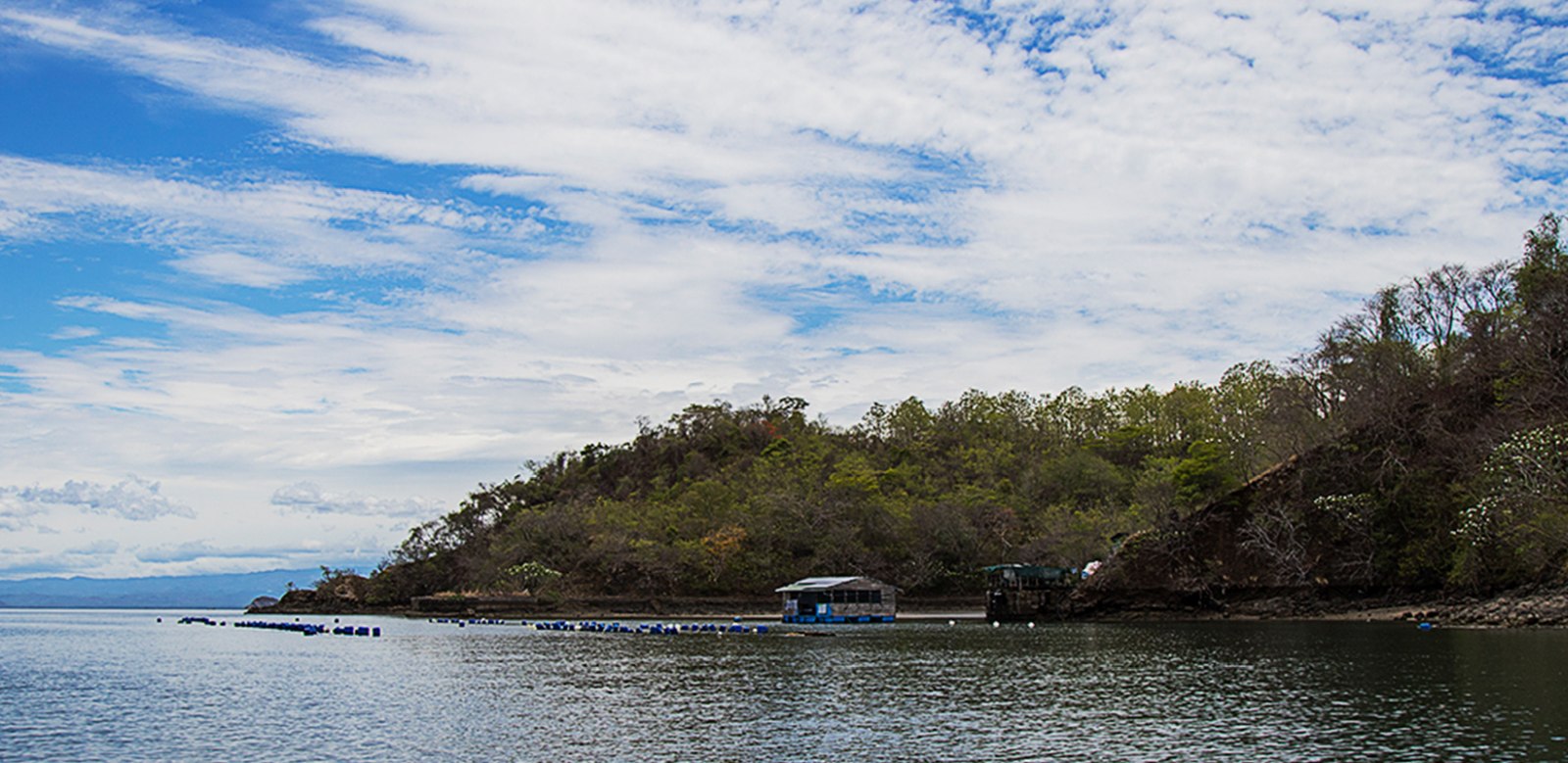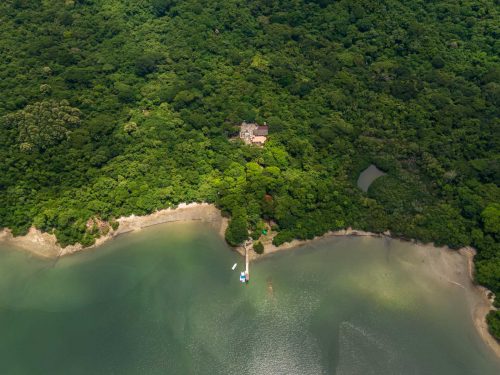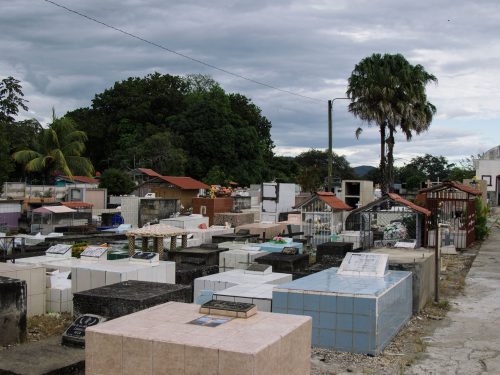
“Like a dog that bites the hand that feeds him.” That, figuratively speaking, is what is happening with the Gulf of Nicoya and the misuse made of its marine resources. For many decades, this gulf has been the refuge of thousands of families that make a living from fishing, but mistreatment and irrational use of its resources have it on the verge of collapse.
Should we start seeing the gulf in a different way? Or are the complaints simply unfounded perceptions of environmentalists? Below are ten things that might help answer these questions:
1. In the absence of employment -rate that exceeds 24%- families in communities near the Gulf see traditional fishing as the way out of their economic problems. More than half of the population that lives there works in fishing. They depend on marine resources for their livelihood.
2. While the Gulf of Nicoya has much to attract tourists, it remains untouched since, according to the people who live there and to environmentalists, the government does nothing to promote tourism and investors have not discovered its potential. Thus the Gulf is thought of only as a source of fishing.
3. The two aspects above lead to poverty, a factor that forces people to seek their income in the sea. They have to gain this fortune by whatever means possible, which causes the rise of a fourth component, illegal fishing.
4. Illegal fishing is so real in the Gulf of Nicoya that, according to the Institute of Fishing and Aquaculture (Instituto de Pesca y Acuicultura), 95% of the instruments used are prohibited by law.
5. The economic dependence on activities at sea has set off a chain reaction of overexploitation of marine resources to such an extreme that the population of most species that are sold commercially has decreased by 50% in the last 20 years. Traditional fishing is suffering the consequences.
6. Faced with the problem of overfishing, some palliative measures have been sought through new fishing laws, including periods when fishing is banned in order to give the Gulf a break so the population of depleted species can replenish. However, according to Incopesca’s study the fishermen themselves are aware that the closed seasons are not respected.
7. As if all of this were not enough, the harm caused by high temperatures resulting from climate change is significant in this area. According to Rosa Soto, marine biologist at the National University (UNA), currents of hot water cause species to migrate to other parts of the continent in search of appropriate environments.
8. One of the factors in the death of species is the emission of hydrocarbons and other pollutants, which causes the food chain to become unbalanced and dilutes the population of species in the seabed.
9. With the loss of mangroves, the habitat of a variety of species is destroyed. Agricultural activities carried out by some companies and farmers in the areas near the Bebedero and Tempisque rivers are ruining the mangroves. Chira island, the Tempisque River, Bebedero River, Jicaral, and Punta Morales are areas that contain mangroves harbored within the Gulf of Nicoya, but their survival is in jeopardy.
Lastly, little surveillance is done either by authorities from MINAE or by police forces who collaborate in this regard. The creation of a Coast Guard station at Coyote Beach and the Inter-institutional Center in Puerto Nispero provide new tools to the Coast Guard and the National System of Conservation Areas (SINAC) authorities to patrol the area and reduce illegal fishing. As a matter of fact, according to Rodolfo Coto, director of the Flamingo Coast Guard, the majority of the crimes they deal with in this area involve illegal fishing.







Comments